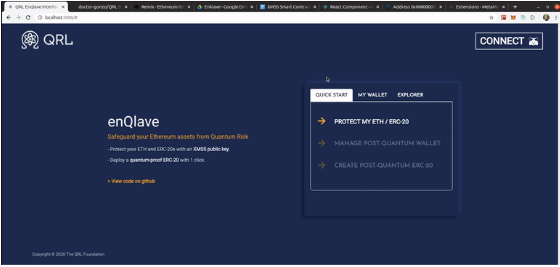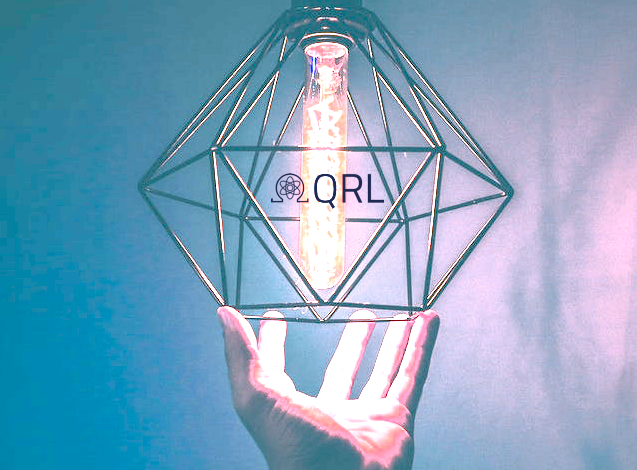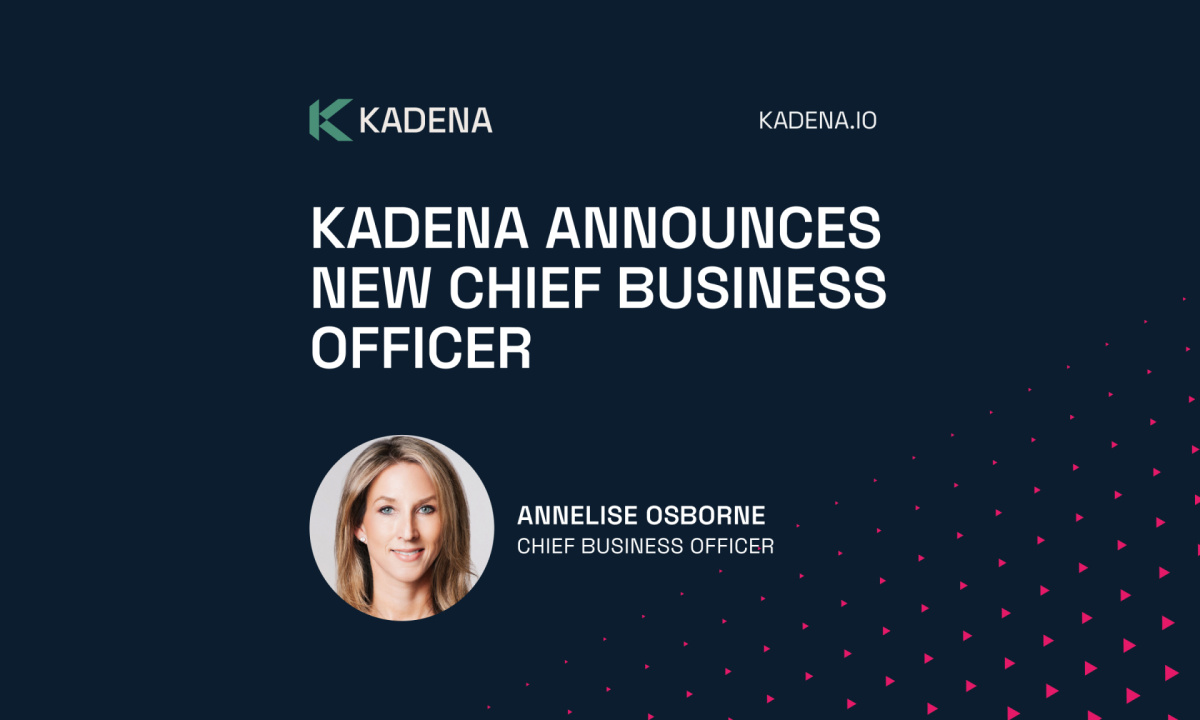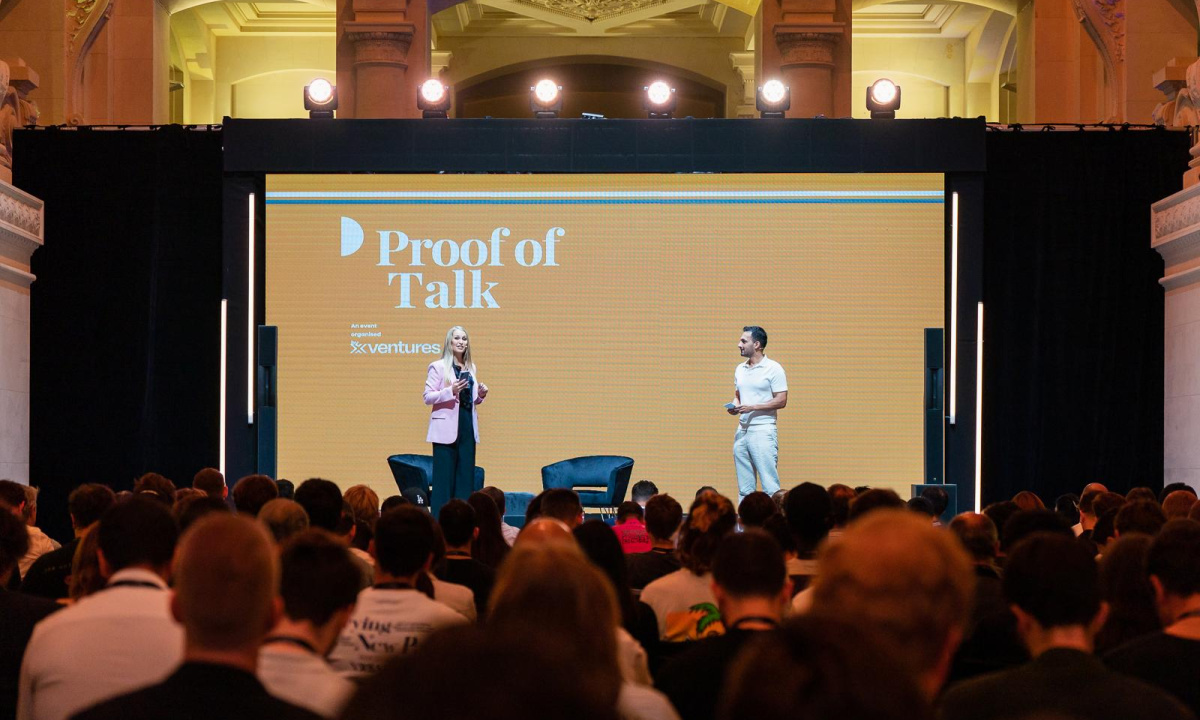So far 2020 has been an unpredictable year full of chaos, turbulence and instability. Between COVID-19, massive economic recession, racial injustice and subsequent riots and protests, it almost seems as though 2020 is a disaster movie we all have the displeasure to be trapped in. And while great white sharks have not yet taken to the sky, we are often seeing one great tragedy after another unfold right before our eyes. With all the anarchy happening around us, many are concerned about the safety and security of their cryptocurrency. Rest assured, some of the greatest minds in blockchain are putting in the late hours to build the right safeguards to help ensure continuity in an uncertain tomorrow.
Back in May, the Quantum Resistance Ledger (QRL) Foundation announced a major development they had been working on; the world’s first and only quantum-resistant secure digital wallet called enQlave. enQlave is ethereum-based and provides high net worth users (AKA “whales”) the ability to store all of their erc20-based assets in a reusable wallet that safeguards from potential quantum-based theft. Public blockchain networks like Bitcoin, Ethereum and Litecoin are inherently vulnerable to quantum attacks that could potentially break encryption in the near future. enQlave ensures a future-proofed safe storage mechanism of Ethereum-based public tokens.

QRL strategically chose to natively support the Ethereum platform with their quantum-resistant wallet for several reasons. For starters, maturity of the Ethereum Virtual Machine; the blockchain-based software platform that enabled developers to create decentralized applications. The size and activity of the existing Ethereum user base held great impact as well. Additionally, the collective market cap of Ethereum (ETH) matched with all it’s erc20-based projects held additional weight in their decision too.
Quantum Resistant Ledger (QRL) Foundation is an open-source project that was founded in 2016 and is the creator of the first and only ultra-secure quantum-resistant financial blockchain, QRL. Initially, QRL was built to be a standalone quantum-resistant financial blockchain with the sole mission of fixing a crucial security hole that is an innate part of every other crypto asset out there; a risk of future quantum hacking via broken encryption. But as time passes and the crypto world matures, QRL is seeing it’s mainnet surpass a peak of one million blocks, NIST (National Institute of Standards and Technology) approving XMSS (eXtended Merkle Signature Scheme) for usage as a means of quantum resistance, and RandomX mining (a new Proof-of-Work algorithm designed to be ASIC resistant) maturing with network node counts at all time highs. Despite all of these developments, the fact is that the majority of the crypto asset space remains exposed and vulnerable to quantum-based attacks on their blockchains. Each day the risk grows, as crypto assets grow in value and quantum computing developments advance beyond simple proofs of concept. It is out of this concern that QRL seeks to offer a ride into the future for all other erc20 tokens by enabling compatibility with their quantum-resistant wallet.
enQlave works by using a simple UI that can be installed on any compatible ledger hard wallet. It is a non-custodial hybrid post-quantum secure multi-signature Ethereum wallet. In other words, it is secured with quantum-resistant tech and it supports any erc20 coin. Under the hood, every enQlave wallet generates, both, a smart contract on Ethereum and subsequent unique quantum-resistant secure contract address which is your enQlave wallet address where you can access ETH or any other erc20 token in a typical fashion. Below is a demo from the latest build which is currently running on a private Ethereum network. This is a beta and the final appearance will undergo some considerable changes to UI and UX as the wallet goes into the production phase.

The special part about the wallet is how users move funds out of it. A standard Ethereum address requires a user to sign a transaction with their private key in order to transfer funds, which is done in the background by their crypto wallet. Moving funds from an enQlave address, however, will require a standard Ethereum private key and the XMSS (enQlave) public key that was linked to the wallet upon setup. The quantum-resistant wallet will sign each outbound transaction with both the Ethereum private key and an enQlave public key from one or multiple hardware wallets for additional security. Without having both of these respective signatures, funds can not be moved from the enQlave address. This is game-changing in that it serves as true cold storage and enables the creation of quantum-resistant Ethereum erc20 tokens which removes the future risk of quantum computer-based threats for the first time in a wallet address that can be reused as customers desire. The endgame for this functionality is to allow for the two-way migration of QRL’s unit of value, Quanta, between the QRL and Ethereum networks.
QRL uses the highly effective XMSS on Ethereum by using assembly optimization to code functional quantum-resistant signature verification on the Ethereum network. In order to truncate the processing requirements to the bare minimums, QRL has extended the signature size in comparison to it’s mainnet. While this results in a resource-heavy and costly charge-per-transaction to move crypto in and out of enQlave, these costs of using extra-cold and quantum-secure cold storage solutions to secure billions of dollars of crypto assets for Whales and institutions is seen as just the price to pay for better security.
When released, the first iteration of enQlave will open up to a large percentage of unprotected crypto assets. Should there be significant momentum with the new wallet, QRL plans to add support for other smaller smart contract platforms like EOS, Stellar and Tezos onto their roadmap. Further, they will be enabling an onramp and offramp to migrate QRL between their native webwallet and enQlave Ethereum wallet address. Prior to QRL’s go-live of enQlave, the foundation must first go through a necessary smart contract audit, code the necessary integrations with Ledger, and perform lots of QA testing before making the move to the Ethereum mainnet. Their code is open source and will soon be available to the public on github in their theqrl repo.
Just when things in this horror movie we call 2020 couldn’t look any bleaker, we are reminded that the world still turns and human innovation continues to march on as we prepare for what lies ahead. Though we will continually face certain danger and many other life-changing risks, innovators like those at QRL remain hard at work trying to save us from the next big panic that is just around the corner and serve as the light at the end of the tunnel. The decentralized QRL platform also offers easy creation and transaction of quantum-resistant tokens, digital file notarization services, integration with the Keybase identity platform, mobile and Ledger Nano hardware wallet support, and serves as the base layer for the emerging quantum-secure communication infrastructure. Check them out on twitter @QRLedger.
Marcus Henry is an American Journalist with over 12 years working in the tech industry. He has been actively involved in the crypto community for the past three years and currently works out of Austin, Texas. He covers breaking news, writes perspective pieces and reflections, and conducts interviews with industry professionals and community members. Follow Marcus Henry on Twitter- @MarcusHenryHODL






